| |
|
|
Botanical Name |
: |
Ficus carica L. |
English
Name |
: |
Common Fig; syconus (fruit) |
Synonym(s) |
: |
Fructus caricae, Ficus passa, Caricae |
Family |
: |
Moraceae |
| |
General Info
| Description |
 |
|
Ficus carica is a bush or small tree, rarely more than 18 to 20 feet high, with broad, rough, deciduous, deeply-lobed leaves in the cultivated varieties, though in wild forms the leaves are often almost entire. It is actually neither fruit nor flower, though partaking of both, being really a hollow, fleshy receptacle, enclosing a multitude of flowers, which never see the light, yet come to full perfection and ripen their seeds In the Fig, the inflorescence, or position of the flowers is concealed within the body of the 'fruit.' The Fig stands alone in this peculiar arrangement of its flowers. The edge of the pear-shaped receptacle curves inwards, so as to form a nearly closed cavity, bearing the numerous fertile and sterile flowers mingled on its surface, the male flowers mostly in the upper part of the cavity and generally few in number. As it ripens, the receptacle enlarges greatly and the numerous one-seeded fruits become embedded in it. The fruit of the wild kind never attains the succulence of the cultivated kinds. The Figs are borne in the axils of the leaves, singly. Figs are usually pear-shaped and up to 5cm in diameter. |
| Herb Effects |
 |
|
It is considered that the laxative property resides in the saccharine juice of the fresh fruit and in the dried fruit is probably due to the indigestible seeds and skin. The fruit is mildly laxative, demulcent, digestive and pectoral. The unripe green fruits are cooked with other foods as a galactogogue and tonic. The roasted fruit is emollient and stimulates the cardiovascular system (aerial part). |
Chemistry
| Active Ingredients |
 |
|
Arginine, ascorbic acid, bergapten, beta-amyrin, betabeta-carotene, beta-sitosterol, caffeic acid, ferulic acid, kaempferol, liferone, linolenic acid, lupeol, lutein, syringic and vanillic acids (wood); psoralen, quercetin and rutin. |
| Chemistry
of Active Ingredients |
 |
|
|
 |
Name |
CAS# |
IUPAC Name |
Formula |
Structure |
 |
|
| Arginine |
7004-12-8 |
2-amino-5-guanidino-
pentanoic acid |
C6H14N4O2 |
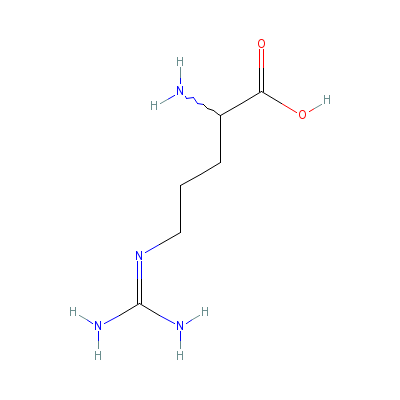
|
| Ascorbic acid |
Not Available |
2-(1,2-dihydroxyethy
l)-4,5-dihydroxy-fur
an-3-one |
C6H8O6 |

|
| Bergapten |
484-20-8 |
Not Available |
C12H8O4 |
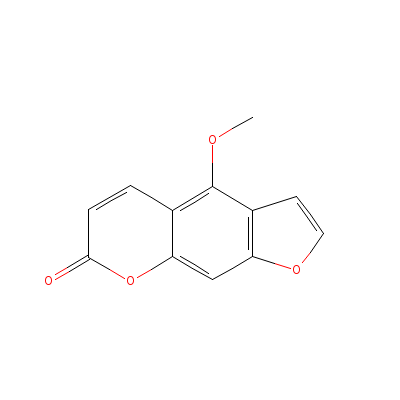
|
| beta-Amyrin |
559-70-6 |
4,4,6a,6b,8a,11,11,1
4b-octamethyl-1,2,3,
4a,5,6,7,8,9,10,12,1
2a,14,14a-
tetradec
ahydropicen-3-ol |
C30H50O |
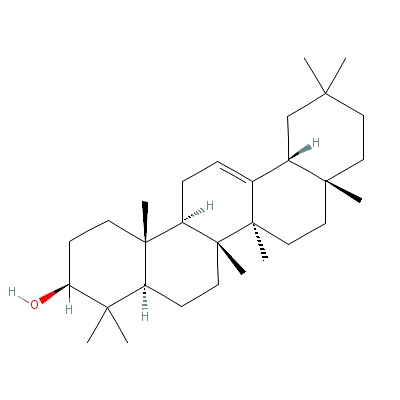
|
| beta-Sitosterol |
5779-62-4 |
17-(5-ethyl-6-methyl
-heptan-2-yl)-10,13-
dimethyl-2,3,4,7,8,9
,11,12,14,
15,16,17
-dodecahydro-1H-cycl
openta[a]phenanthren
-3-ol |
C29H50O |
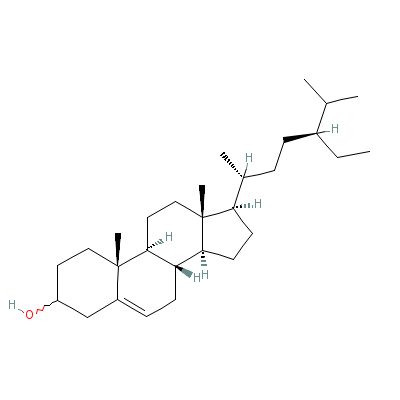
|
| Caffeic acid |
Not Available |
3-(3,4-dihydroxyphen
yl)prop-2-enoic acid |
C9H8O4 |
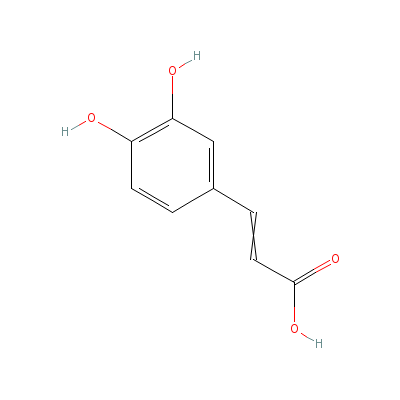
|
| Ferulic acid |
24276-84-4 |
3-(4-hydroxy-3-metho
xy-phenyl)prop-2-eno
ic acid |
C10H10O4 |
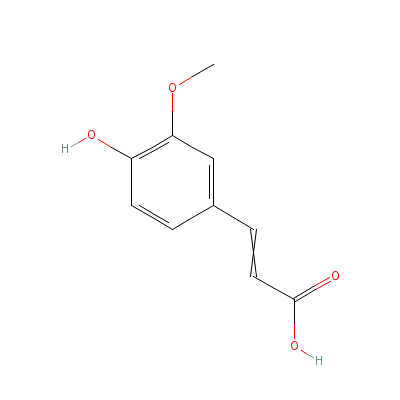
|
| Kaempferol |
80714-53-0 |
3-[3-[4,5-dihydroxy-
6-(hydroxymethyl)-3-
[3,4,5-trihydroxy-6-
(hydroxyme
thyl)oxa
n-2-yl]oxy-oxan-2-yl
]oxy-4,5-dihydroxy-6
-(hydroxymethyl)oxan
-2
-yl]oxy-4,5-dihy
droxy-2-(4-hydroxyph
enyl)-chromen-7-one |
C33H40O21 |
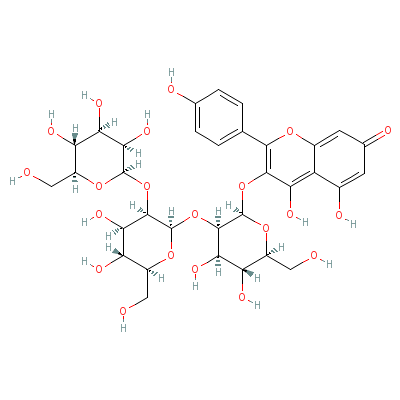
|
| Linolenic acid |
94138-91-7 |
octadeca-9,12,15-tri
enoic acid |
C18H30O2 |
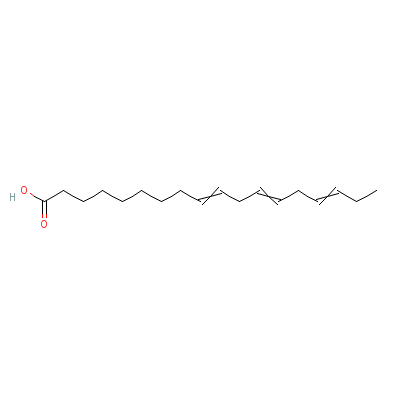
|
| Lupeol |
Not Available |
Not Available |
C30H50O |

|
| Lutein |
34445-91-5 |
4-[18-(4-hydroxy-2,6
,6-trimethyl-1-cyclo
hexenyl)-3,7,12,16-t
etramethyl
-octadec
a-1,3,5,7,9,11,13,15
,17-nonaenyl]-3,5,5-
trimethyl-cyclohex-2
-e
n-1-ol |
C40H56O2 |
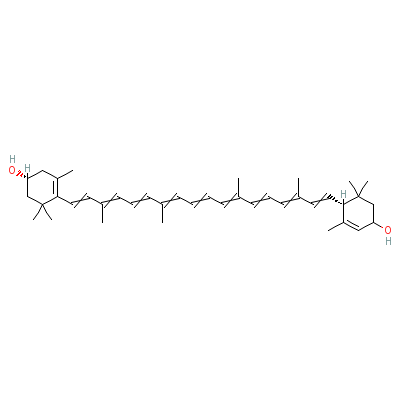
|
| Syringic acid |
64887-60-1 |
4-hydroxy-3,5-dimeth
oxy-benzoic acid |
C9H10O5 |
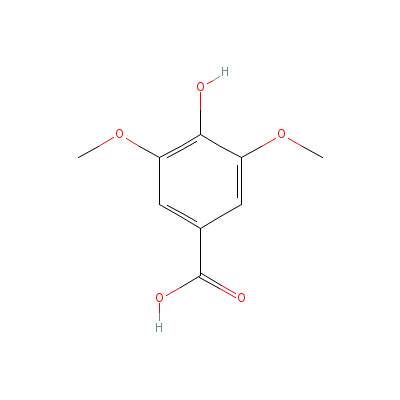
|
| Vanillic acid |
Not Available |
4-hydroxy-3-methoxy-
benzoic acid |
C8H8O4 |
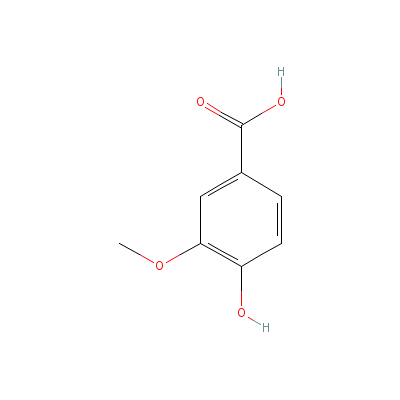
|
| Psoralen |
10523-56-5 |
Not Available |
C17H18O6 |
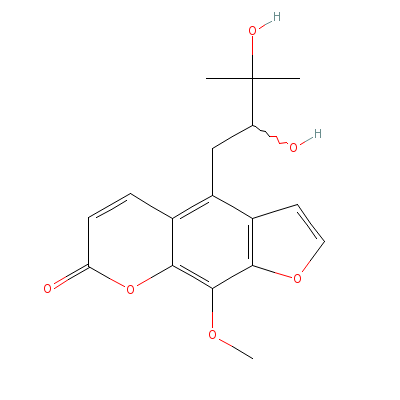
|
| Quercetin |
Not Available |
2-(3,4-dihydroxyphen
yl)-3,4,5-trihydroxy
-chromen-7-one |
C15H10O7 |
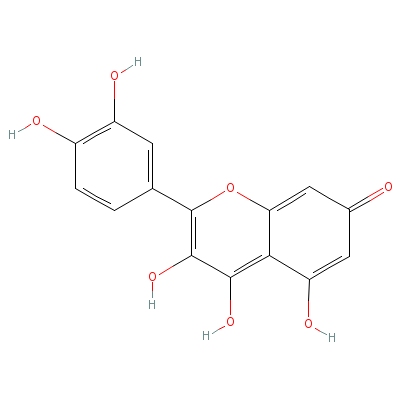
|
| Rutin |
Not Available |
2-(3,4-dihydroxyphen
yl)-4,5-dihydroxy-3-
[3,4,5-trihydroxy-6-
[(3,4,5-tr
ihydroxy
-6-methyl-tetrahydro
pyran-2-yl)oxymethyl
]tetrahydropyran-2-y
l]
oxy-chromen-7-on
e trihydrate |
C27H36O19 |
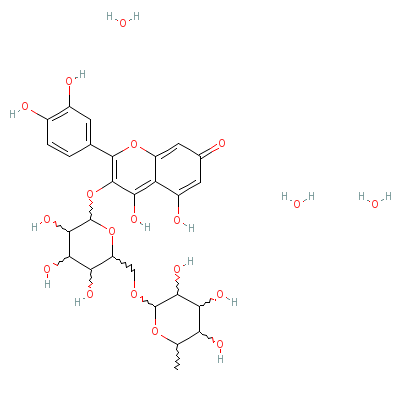
|
|
Pharmacology
| Medicinal Use |
 |
|
In leucoderma (leaf); removing kidney stones (fruit); as a poultice (in boils) (roasted fruit); catarrhal affections of the nose and throat; as a poultice in the treatment of mouth sores, dental abscesses etc. |
| Contraindication |
 |
|
In several patients the effect of a phototoxic reaction to the juice of fresh figs (Ficus carica) was observed as a striped pigmentation on the arms (after rubbing in the fruit juice followed by exposure to the sun), or as a patchy pigmentation of the face after eating fresh figs. |
| Reference |
 |
|
 Chandel et al., Biodiversity in Medicinal and Aromatic Plants in India. Chandel et al., Biodiversity in Medicinal and Aromatic Plants in India.
Bentley and Trimen, Medicinal Plants.
Sharma, Classical Uses of Medicinal Plants. |
Dealers
Products
|
|